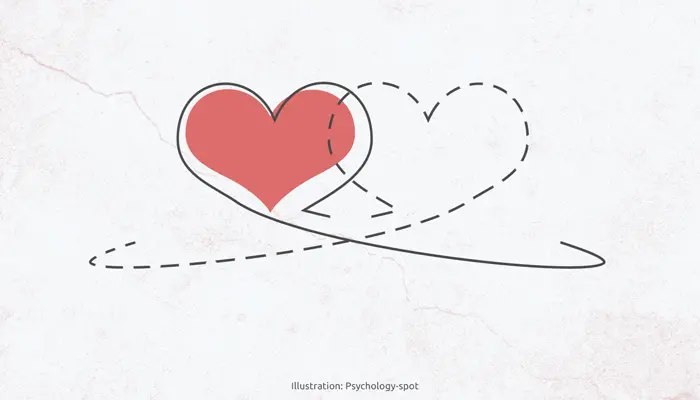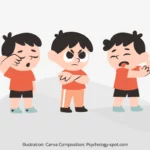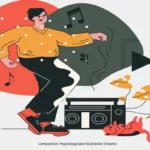
Nothing prepares us for the death of a loved one. There is also nothing to prepare us for what comes next. When a person dies, he leaves behind a life that we must close. Managing all those details can be downright painful. However, funeral rituals help us express our deepest feelings with our family and friends.
Overcoming grief is not easy, but funeral rites have always been a public, traditional and symbolic means of expressing our beliefs, thoughts and emotions about the death of a loved one. Rich in history and loaded with symbolism, funeral ceremonies have a great mission: to help us recognize the inexorable reality of death.
When we do not have the possibility of physically saying goodbye to the loved one, the chances of developing an unprocessed or complicated grief increase. Researchers from the University of São Paulo confirmed it in the midst of the pandemic. They concluded that “The suppression or abbreviation of funeral rituals is a traumatic experience because family members are prevented from paying their last tribute to the loved one who has died suddenly, which provokes feelings of disbelief and indignation.”
The functions of funeral rituals
In Antigone, Sophocles told how Creon, the new ruler of Thebes, decided to punish Polyneices for the act of rebellion by preventing him from receiving a proper funeral. He ordered that it remain unburied on the battlefield to be devoured by animals.
Antigone, one of Polynices’ sisters, defied Creon’s orders and performed a funeral ritual for her brother. For Antigone, not performing those funeral rites was a highly immoral act so unbearable that she did not hesitate to do it, even if she risked her life. Most of us share Antigone’s sentiment, we feel the need to perform that last act of accompaniment.
And it is not just a ritual to comfort the soul. A study carried out at the University of Cambridge revealed that funeral rites also involve the body and help us better manage pain and suffering through physical expressions. That shows us that grief must be felt at all levels, so as not to get stuck at that stage.
1. Recognize the reality and inevitability of death
When we lose a loved one, our first reaction is often denial. We can rationally understand that this person is gone, but we do not accept it emotionally. We reject that reality because it is too painful for us.
Funeral rituals are a starting point that help us understand and accept death. Contacting funeral services, setting the time, planning the ceremony, viewing the body, and finally touching the casket confronts us with the finality of death. It is the first step in beginning to accept the reality of death in our hearts.
2. Express the pain and suffering of the loss
When we are faced with a particularly painful event, we can put into practice defense mechanisms that end up becoming an obstacle to process what happened. Hiding at work, for example, is a common strategy to escape pain. However, funeral rituals “force” us to take a break to focus on death and our feelings.
As a result, they become facilitators of emotional expressions. They prevent us from being able to intellectualize or distance ourselves from the pain caused by the loss. In fact, they also constitute a safe space in which to express our suffering, perhaps the only time and place during which society approves and shares such an open expression of sadness and suffering, feelings that are normally tried to be hidden or ignored.
3. Remember the person who died
Another function of funeral rites is to help us change our relationship with the person who died. They provide us with a time and a place to stop and think about the moments we shared with that person, so that we can begin to transform his physical presence into a memory.
The funeral invites us to focus on the relationship we had with that person and share those memories with others. Often, this helps us see that person from a different perspective and, in a way, close the image of him to place him in a more intimate place in our memories. In fact, the more we can “tell the story,” the easier it will be for us to come to terms with our pain.
4. Receive support from others
Funeral rituals are a means of expressing our feelings about the death of a loved one. They also offer a public place to offer support to others and receive it in the midst of grief. In that place our support network is rebuilt and we realize that we are not completely alone with our pain
In fact, at funerals we are “allowed” to hug, touch and comfort the other. We return to the most basic displays of affection when words are inadequate or not enough to express what we feel. These physical signs of support comfort us and can have enormous healing power.
5. Develop a new self-identity
We are all social beings, our lives make sense in relation to the lives of those around us. We are children, parents, husbands, wifes, friends, brothers… When someone close to us dies, we are forced to redefine our identity. That process is painful. We not only go through mourning for the person who has abandoned us but for that part of us that we lose.
Once again, funeral rituals are a help to start rebuilding our new identity. In fact, they often mark the beginning of a new social life without that person. They allow us, therefore, to take the first step to rediscover a new place in these social relationships and find a new meaning to our lives.
In short, funerary rituals mark a transition in which the irreversibility of death is emphasized while at the same time providing a starting point for recovery. Paying the last tribute to a loved one can help us make peace and reconcile with life. We begin to embrace the pain of loss to begin to heal.
Sources:
Arantes, E. et. Al. (2020) The effect of suppressing funeral rituals during the COVID-19 pandemic on bereaved families.Rev Lat Am Enfermagem; 28: e3361.
Pearce, C. & Komaromy, C. (2020) Recovering the body in grief: Physical absence and embodied presence. Health (London); 1363459320931914.



